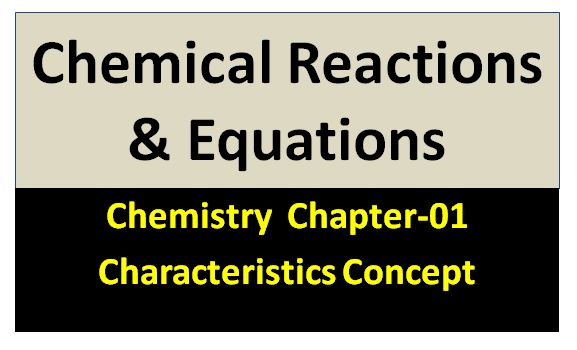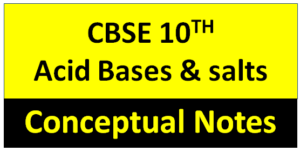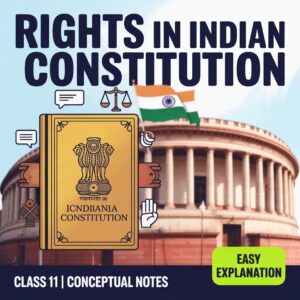
Chemical Reaction
Chemical Reactions are the process in which new substance with new properties are form which involve chemical changes
- It Involves breaking of old chemical bonds which exist between the old substance which act to form new chemical bonds
A + B →AB
- During a chemical reactions atoms of one elements do not change in those of another elements Example:- Hydrogen react with oxygen to form water
2H2 + O2 → 2H2O
Reactants
- The Substance which takes part in chemical reactions are called Reactants
Products
- The New Substance produced as a result of chemical reactions
Reactants→C (s) + O2 (g) → Products→CO2 (g)
- Here Reactants are transfer into products
- products properties are entirely different from Reactants
Characteristics of Chemical Reactions
⌈How can we know that chemical reactions happened , for this there are five characteristics ⌉
- Change in State
- Change in colour
- Evolution of Gas
- Change in Temperature
- Formation of Precipitate
Change in state
H2 (g)+ O2(g) → H2O(l)
Balance
2H2 + 2O2 → 2H2O
Change in colour
Fe + CuSO4 → FeSO4 + Cu
- CuSO4 -Copper sulphate
- Cu-Copper
- Fe-Iron
- FeSO4-Iron sulphate
Evolution of Gas
Zn + H2SO4 → ZnSO4 + H2 (Here hydrogen gas released )
Change in Temperature
CaO + H2O → Ca(OH)2 (Rise in Temperature )
- Cao-quick lime
- Ca(OH)2-Slack lime
Formation of Precipitate
when we mix two solution then a substance/particle shows like a solid at bottom of solution is called precipitate
A solid formed by a change in a solution often due to a chemical reaction or change in temperature that decreases solubility of a solid.
Pb(NO3) + KI → PbI2 (Precipitate yellow colour)+ KNO3
- Pb-lead
- (NO3)-Nitrate
- KI-Potassium iodine
- KNO3-Potassium nitrate
- PbI2-lead Iodide






